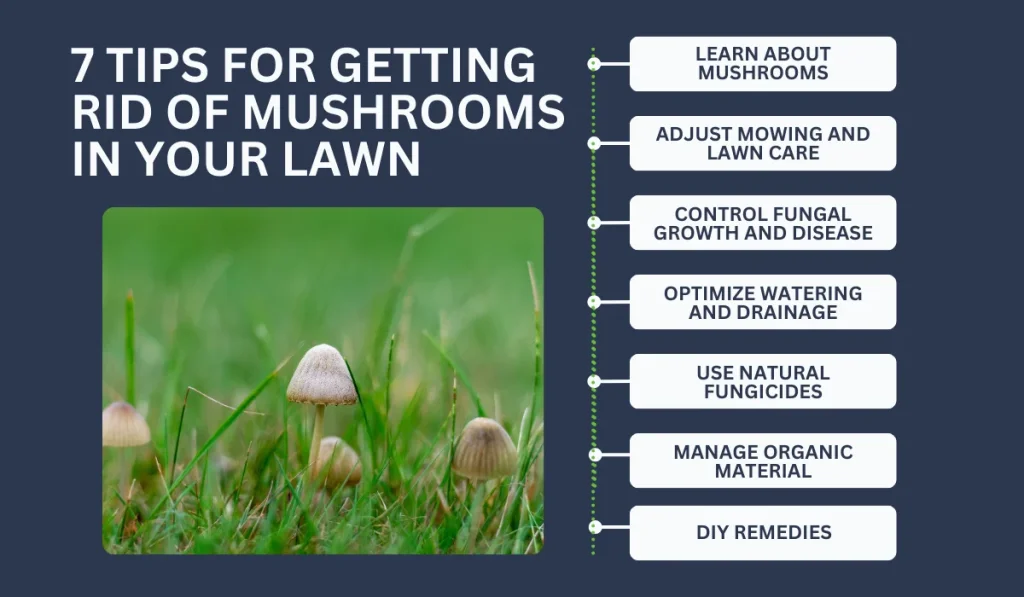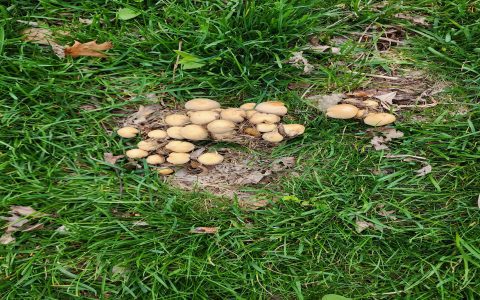Effective Mushroom Control in Lawns
Mushrooms in turf are common and typically indicate organic matter decomposition in moist conditions. While generally not harmful to the grass itself, they can be an aesthetic concern. Effective control focuses on both immediate removal and addressing underlying favorable conditions.
Immediate Removal Methods
For swift, temporary elimination of visible mushrooms:
- Manual Extraction: The most direct method is to physically pick or dig out mushrooms. Use gloves if unsure of the species. Dispose of them away from the lawn to minimize spore dispersal.
- Mowing: While mowing can remove mushroom caps, it may also distribute spores. If mowing over mushrooms, consider using a grass catcher to collect debris.
Targeted Spot Treatments (Use with Extreme Caution)
Certain solutions can kill mushrooms on contact, but they pose risks to your lawn and soil health. Always test on a small, hidden area first.

- Vinegar Solution: Acetic acid in vinegar acts rapidly against fungi. However, vinegar is non-selective and will damage or kill grass and other plants, and can harm beneficial insects. Apply with precision directly onto the mushroom only, avoiding contact with turf.
- Soap Solution: A dilute mixture of dish soap and water (e.g., 1-2 tablespoons per gallon) sprayed directly on mushrooms may help break down their structure. Rinse the area afterwards if grass contact occurs.
Note: Fungicides are generally not recommended or necessary for common lawn mushrooms as they often fail to address the subterranean fungal network (mycelium).
Long-Term Prevention Strategies
The most sustainable approach is to modify the environment to make it less conducive to fungal growth:
- Manage Soil Moisture:
- Avoid overwatering. Water deeply but infrequently, allowing the soil surface to dry between sessions.
- Improve drainage in compacted or persistently damp areas through core aeration.
- Reduce Organic Debris:
- Regularly dethatch to remove the layer of dead grass and organic material.
- Expedite the removal of decaying wood, old stumps, excessive leaf litter, and animal waste.
- Enhance Air Circulation and Sunlight:
- Prune overhanging tree limbs and dense shrubs to increase sunlight penetration and airflow, promoting faster drying of the turf.
- Optimal Lawn Maintenance:
- Mow regularly at the appropriate height for your grass type. Shorter grass (within recommended limits) dries more quickly.
- Consider a nitrogen-rich fertilizer application as part of your lawn care. Nitrogen can accelerate the decomposition of organic matter, reducing the fungal food source.
By addressing these environmental factors, you can significantly reduce the occurrence of mushrooms in your grass over time.










